Editor's Picks
Plant Focus
A new study, funded in part by an IOS Oak Conservation and Research Grant, has analyzed the germination characteristics of the Critically Endangered oak Quercus marlipoensis and evaluated the impact these might have on conservation efforts to save this oak from extinction.
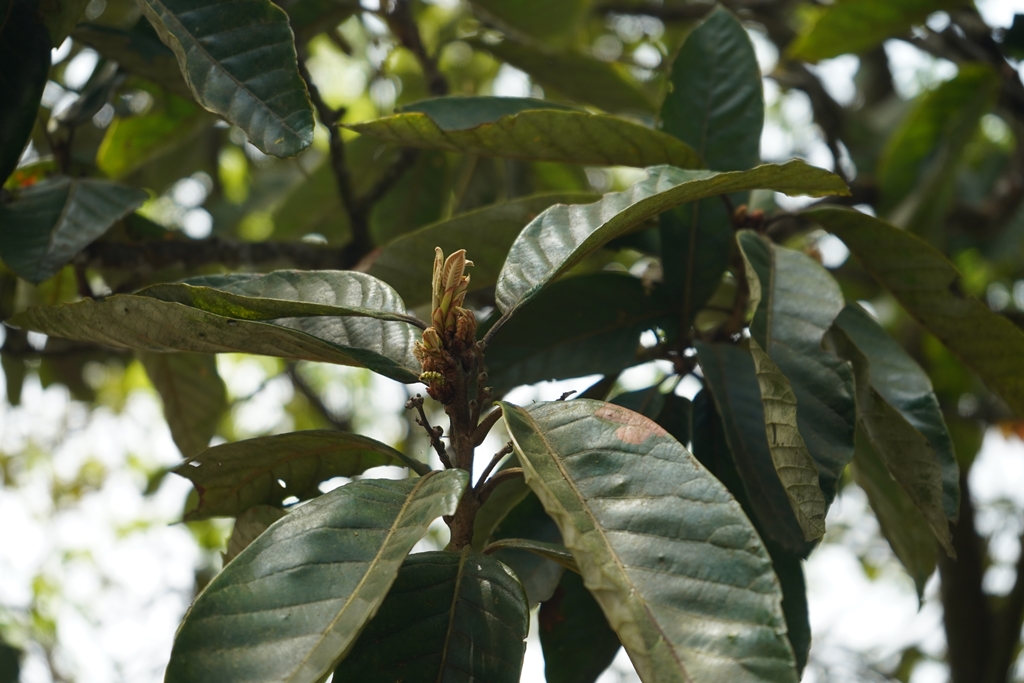
Seed germination is a crucial and vulnerable stage in plant life cycles. This is especially so in the case of Q. marlipoensis, an extremely rare oak found in only one population in the tropical montane cloud forests of southwestern Yunnan, China. The species appears to have difficulties in regeneration, and this study was an attempt to determine the biological traits of the species’ acorns and the key restrictive germination factors that may be impeding regeneration.
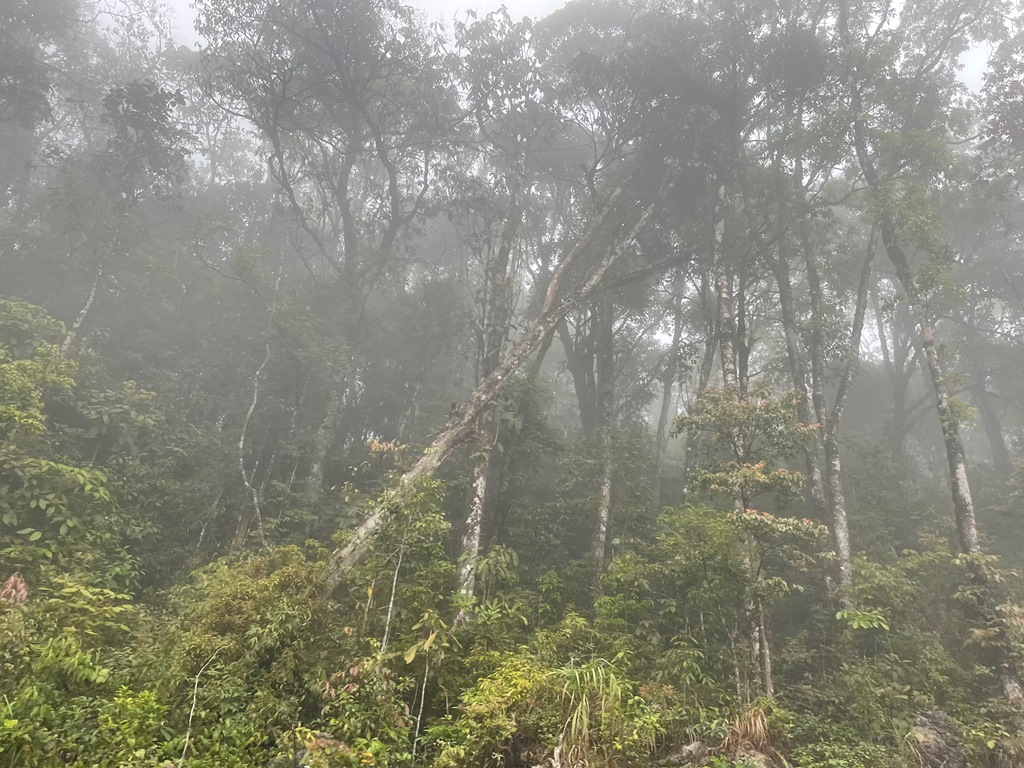
The microclimate of tropical montane cloud forests is characterized by persistent, frequent, or seasonal cloud cover, with fog and mist enveloping the canopy. This type of habitat is highly vulnerable to climate change as increases in temperature reduces mists and bring about the extinction of cloud forests on mountain peaks. Quercus marlipoensis is found exclusively in this habitat. It was first reported in 1951, based on a specimen collected in 1940 in Malipo County, Yunnan. Despite being sought during three national plant inventory surveys between 1990 and 2010, it was not found again till 2012, when it was rediscovered in Lao-Jun-San National Nature Reserve, the type location. The population showed signs of regeneration difficulties, as seedlings and saplings were rare. No other populations have been found.
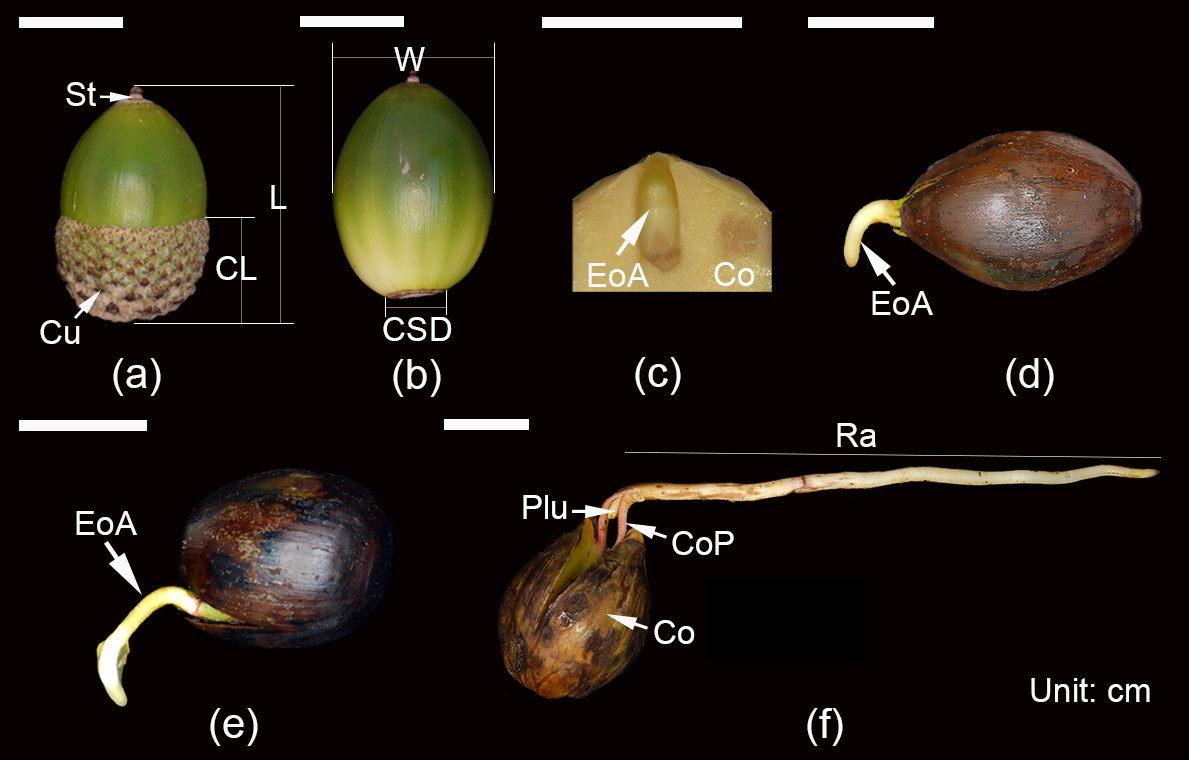
W represent the acorn length and width, respectively; CSD indicates the cupule scar. (c) Embryo position in the seed. (d,e) Radicle emergence at day 2 of germination, showing that embryo position
varies from near the remains of the style (d) to beside the remains of the style (e). (f) Seed after two weeks of germination: an elongated radicle and emergence of the plumule. St: remains of the style;
Cu: cupule; Co: cotyledon; EoA: embryo axis; CoP: cotyledon petiole; Plu: plumule; Ra: radicle. (Figure 2 from Liu et al. 2024)
About 4 kg of acorns were collected in October 2021 and subjected to a series of treatments and germination tests. The researchers were able to observe that the seeds of Q. marlipoensis exhibit typical epicotyl dormancy: they germinate quickly when mature, but the epicotyl does not elongate till 12 weeks later. Some acorns had the pericarp removed and one third or two thirds of the cotyledon removed. This increased the percentage of seeds that sprouted and also the speed of germination, indicating that the species can tolerate animal predation and only requires a little nutrition from its cotyledons to ensure germination. Other tests revealed that Q. marlipoensis acorns can cope with cool temperatures during the germination period, so long as humidity is sufficient, which is compatible with the conditions in its cloud forest habitat. The seed, however, is highly sensitive to desiccation and can only successfully germinate and establish seedlings in humid soils. Furthermore, Q. marlipoensis grows in limestone areas characterized by higher soil water evaporation, and consequently the species is especially vulnerable to drought stress.
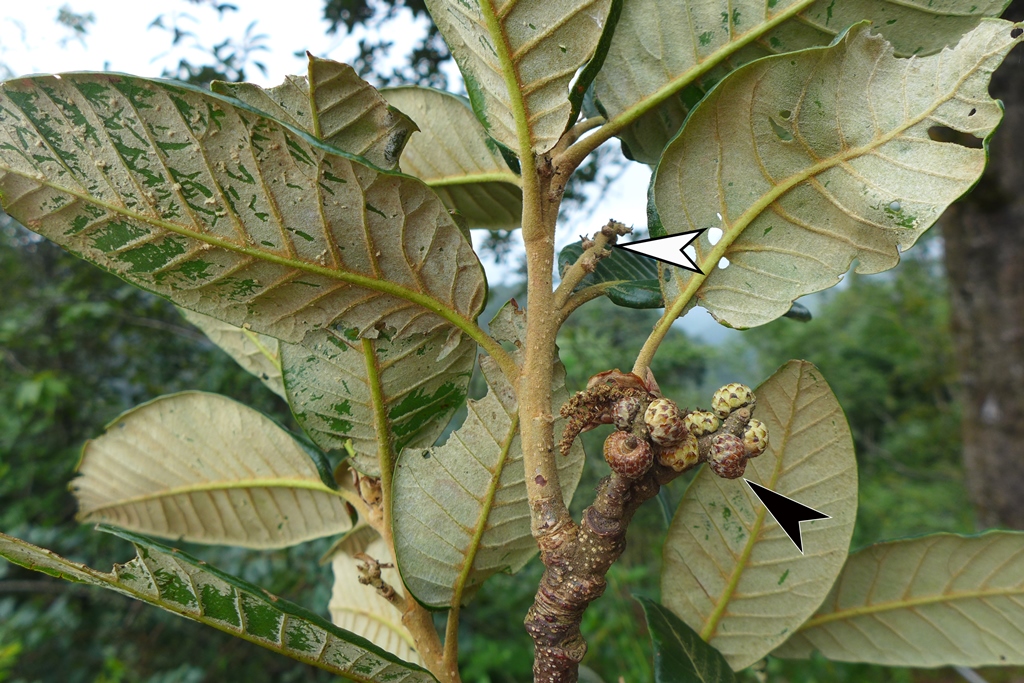
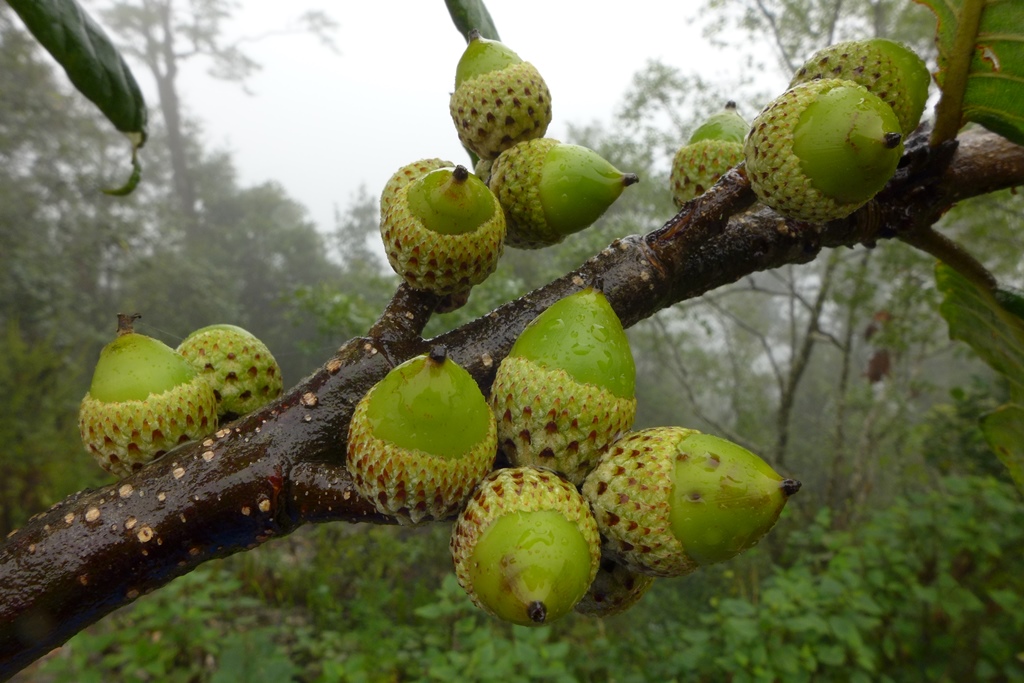
The researchers conclude that the increasing length of the seasonal dry period and more frequent climate extremes in Southwest China has led to habitat degradation, and this has resulted in difficulties with seed germination and seedling establishment of Q. marlipoensis in its natural habitat. They recommend that conservation efforts should focus on manual ex-situ germplasm conservation to introduce seeds to nurseries and botanical gardens for propagation, from where large seedlings would later be reintroduced to suitable habitats in the wild.
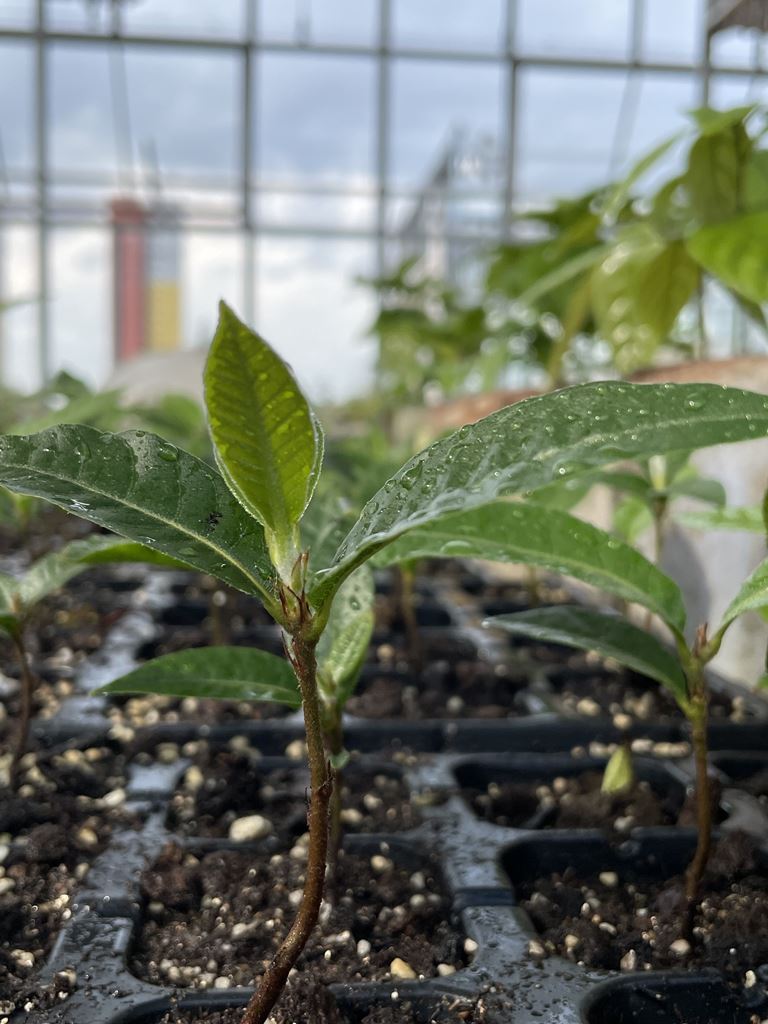
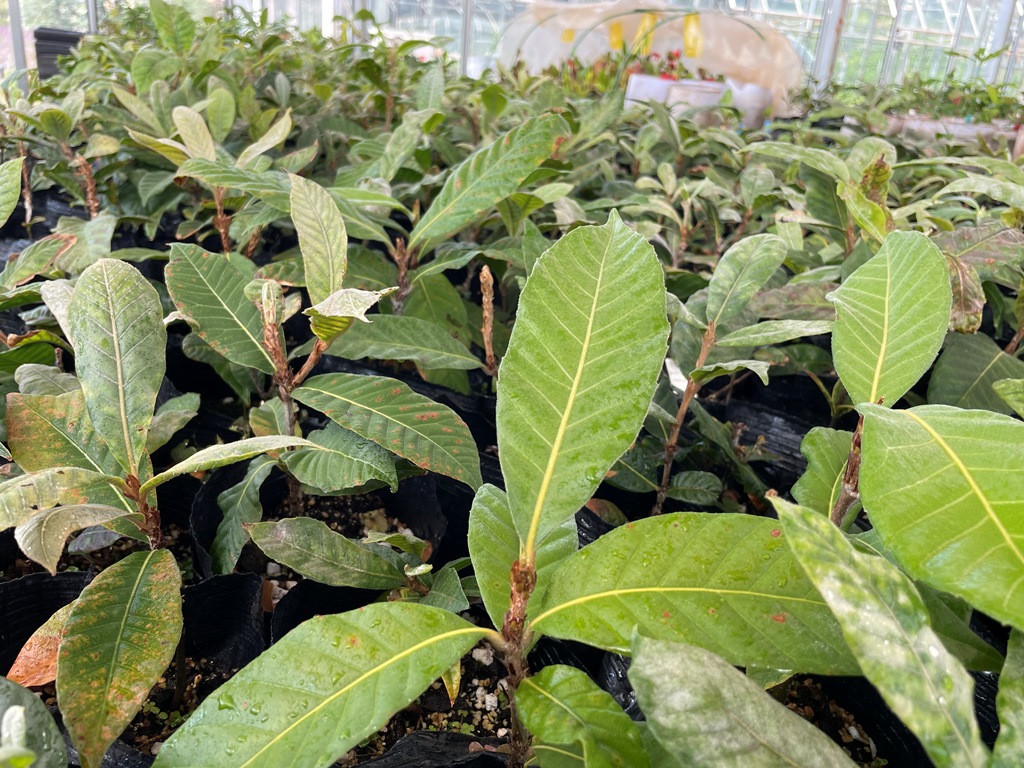
Read the article here:
Liu, L., Y. Tu, Q. Li, and M. Deng. 2024. Seed Germination Characteristics of a Critically Endangered Evergreen Oak—Quercus marlipoensis (Fagaceae) and Their Conservation Implications. Forests 15(2): 235. https://doi.org/10.3390/f15020235















